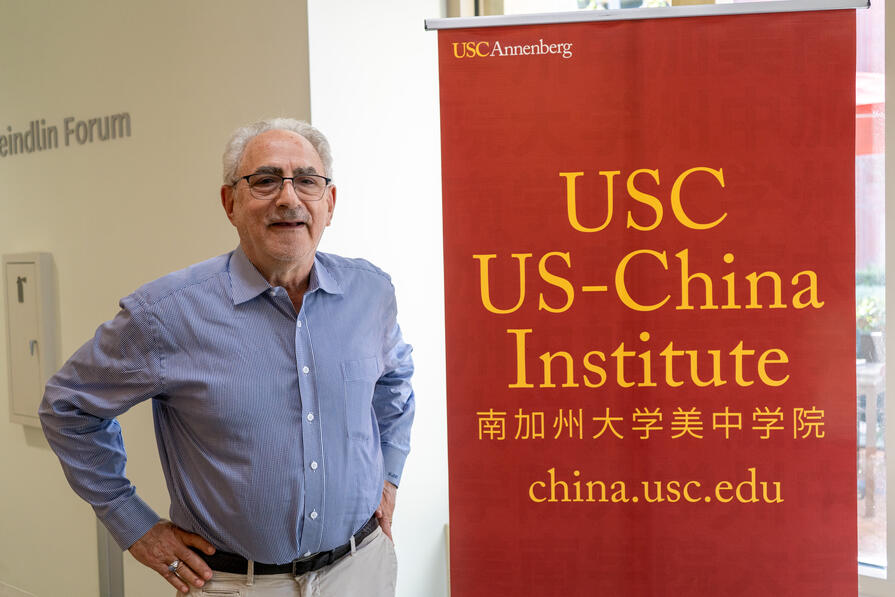Ching-Rong Lee, D.P.A.
Abstract (Summary)
Most approaches to privatization tend to focus on economic efficiency and a free competitive market, ignoring whether privatized firms can improve their performance. In terms of examining effects of privatization on firm's performance, this dissertation used a case analysis of the electric power industry privatization to verify privatization theories. The concept of privatization varies with different theories and market-driven ideologies (i.e., competition and efficiency). It reflects the different expectations. However, each privatization example seems to have its own history and dynamics. To privatize a natural monopoly utility is much different from privatizing a public service. This dissertation argues that in considering privatization one needs to adopt a case-by-case approach rather than trying to formulate a simplified model.
Currently, the government in Taiwan is attempting to privatize all SOEs through a generalized privatization law. This privatization law tends to focus on the process of privatization rather than performance improvement. The government expects privatization to avoid inefficiency, to promote competition, and to expand capital markets. However, after four years the government has made no privatization headway since 1989. In order to clarify problems in electric utility privatization, this dissertation proposes four models to examine the feasibility of applying competition policy to Taiwan's electric power industry. From an overview of selected electric power utilities, the writer found that electric utilities have developed toward decentralized structures. However, in considering electric power industry privatization one must consider various factors, such as technology, economies of scale and scope, optimal dispatching of vertically integrated power systems, system security and stability, regulation and managerial behavior, as well as ownership itself. From an examination of these four models and the hypotheses of this study, the writer concluded that a horizontally integrated privatization model or a private monopoly utility is not available to restructure Taiwan's electric power industry. Hence, an institutional option was recommended by the writer to restructure the electric utility sector. In terms of research findings, the writer found that an incentive regulatory structure for public utilities should be established before privatization. Therefore, future research agenda will need to address the regulatory policies and practices for public utilities.
Advisor: Clayton, Ross



